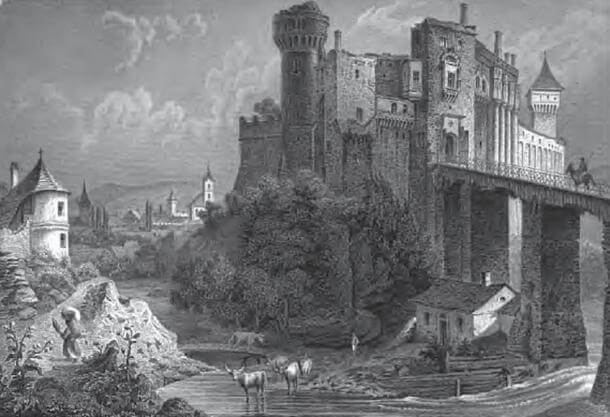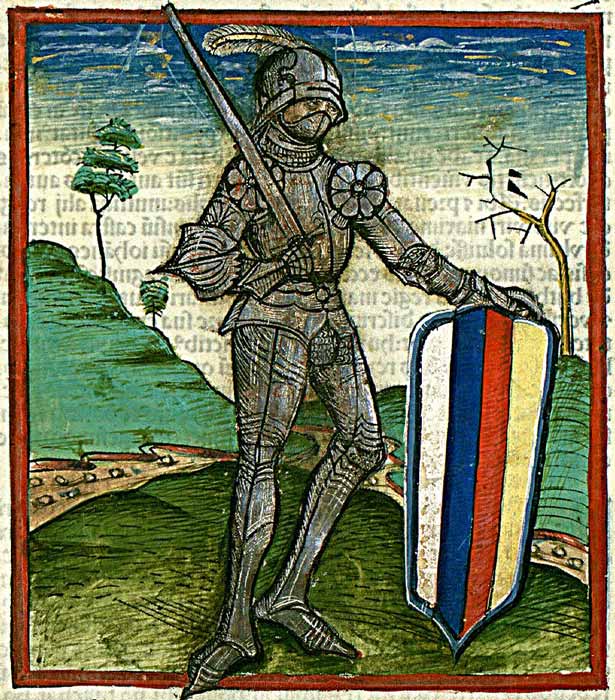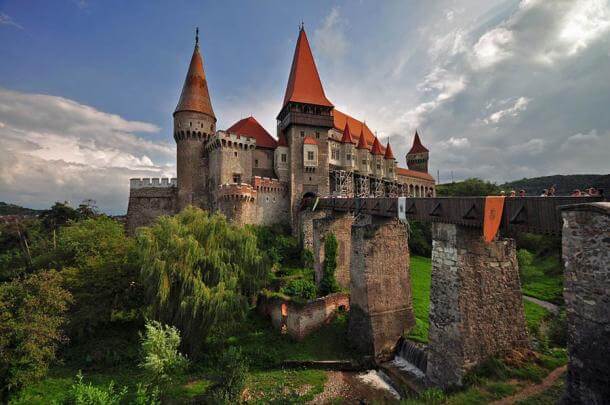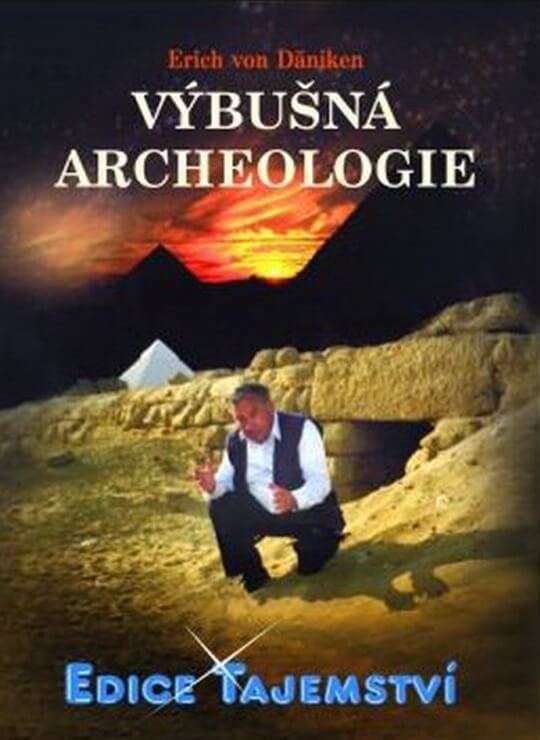
Renaissance-Gothic Corvin Castle: One of the Seven Wonders of Romania
 25. 10. 2021
25. 10. 2021

Corvin is a castle in Hnedoara, Transylvania. The castle dates from the 15th century and was built in the Renaissance-Gothic style. The builder of Corvin Castle was John Hunyadi, after his death Corvin Castle collapsed. It was not until the 17th century that the castle was rebuilt.
Corvin Castle is one of the largest castles in Europe and today is commonly considered one of the "Seven Wonders of Romania". It is also known as Hunyadi Castle or Hunedoara Castle. The castle was built during the 15th century, there was formerly a fortification on the site. It is said that there was a Roman camp on the site of the castle. Only then did the fortress be built on the site. And the castle was built around the middle of the 15th century.
Corvin Castle was built by the legendary warrior John Hunyadi
Corvin Castle is named after its builder John Hunyadi, whose name in medieval Latin was Ioannes Corvinus. Hunyadi's Latin epithet "Corvinus" is derived from the word "corvus", which means raven. The significance of the raven for this noble family is important, its coat of arms depicts a raven with a gold ring in its beak. This is related to an interesting legend.
According to legend, Hunyadi was the illegitimate son of Sigismund, King of Luxembourg and Hungary, and Erzsébet Morzsinay, who came from a Hungarian noble family. In order to cover up this fact and protect Erzsébet, the king decided to marry her to one of his knights, a Wallachian boyar named Vojk. In addition, Sigismund Erzsébet gave a gift to his son - a gold ring. Once he introduces himself in the court, the king will recognize him safely. One day, when Hunyadi was a child, his family took him on a trip. When they stopped for lunch, a raven, attracted by the shine of a gold ring, stole it from Hunyadi's finger. When the boy saw what had happened, he immediately took a bow and arrow and shot down the raven, thus regaining the ring. Sigismund was amazed to hear this story and decided to donate the image of a raven with a ring in his beak as the coat of arms of the Hunyadi family.
It is believed that this legend was spread by Hunyadi himself as a means of strengthening the claims of his descendants to the Hungarian throne. But since Hunyadi was not of royal descent, he could not claim the throne. But even so, he has achieved a lot in his life. He participated in the Hussite wars, which broke out in 1420, during which he studied Hussite tactics and later adopted their way of using chariots during battle.
The man behind Corvin Castle defeated the Ottomans twice!
However, Hunyadi is best remembered for his campaign against the Ottomans during the 40s and 50s. In 14, for example, Hunyadi defeated the Ottomans at Semendria in Serbia and again the following year at Nagyszeben. The last victory brought Wallachia back under Hungarian rule. Hunyadi's last victory against the Ottomans was in 1441, during which he managed to force the Ottomans to lift the siege of Belgrade. This victory resulted in a 1456-year period of relative peace on the southeastern border of Hungary and slowed the Ottoman advance into Europe. However, a few weeks after the siege was lifted, a plague broke out in Hunyadi's camp and Hunyadi himself became the victim.
The castle also served as a defensive fortress and prison. The castle towers held prisoners of war and ordinary people. Inside the castle is said to be a bear pit, into which unfortunate prisoners were thrown. According to one legend, the infamous Vlad was also held as a prisoner at Corvin Castle. A seven-year prison at this castle has just been blamed for his madness.
Well
Another legend claims that the castle well was cursed by three Ottoman prisoners. These prisoners were promised freedom as soon as they completed their task of digging a well. Once the work was done, the prisoners were sentenced to death. They therefore cursed the well before execution.
Corvin Castle is divided into three main halls. All are decorated with marble and each had a different function. One hall was used for feasts, another for ceremonies and formalities. Work on the castle was stopped due to Hunyadi's untimely death. They were restored by Matyáš Korvín, who added a wing in the Renaissance style, which included paintings depicting the life of nobles.
The castle has fallen, but continues to be reconstructed
Then Corvin Castle gradually fell into disrepair. It was not until the 17th century that interest in the restoration of this castle increased. During this time, the castle was rebuilt and presents an ideal picture of what a Gothic castle should look like. Today, Corvin Castle is a tourist destination open to the public. Everyone hopes that the castle will retain its appearance and be available for future generations.
Esene Suenee Universe
Erich von Däniken: Explosive archeology
Erich von Däniken and world-renowned scientists ask dozens of troubling questions and answer them with great persuasiveness. Mysterious underground structures of the ancient Egyptians - are they the works of the pharaohs? How could ancient builders transport huge boulders to underground facilities whose entrances would not pass through these stone giants? What signal did NASA receive from space on June 28, 2002, in search of extraterrestrial civilizations, and why hasn't it been deciphered yet?





 1
1



